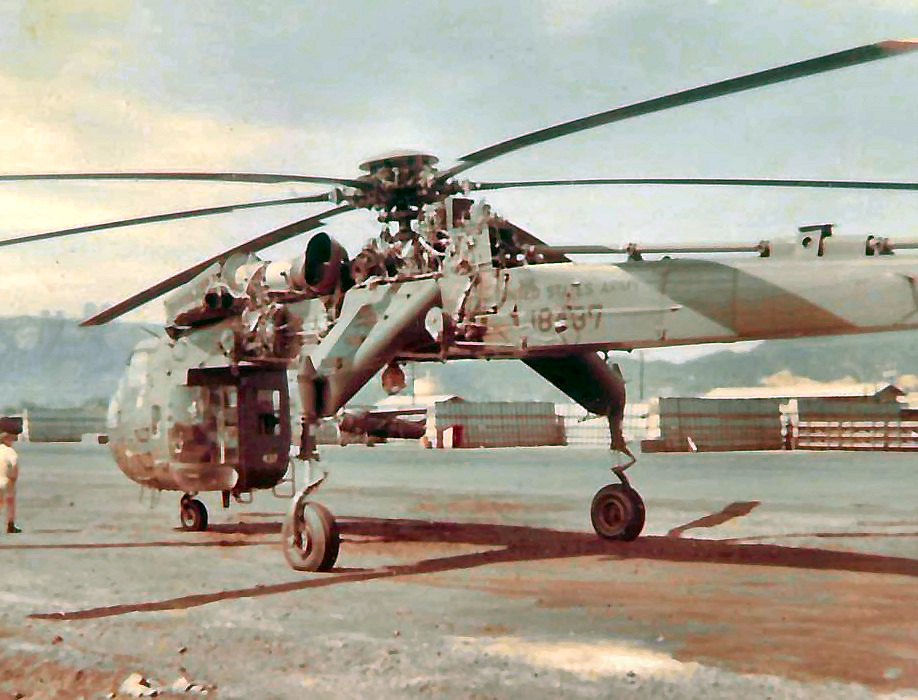
|
Vol 75 |
Page 3 |
Privacy Policy | Editorial Policy | Profit Policy | Join the Association | List of Members | Contact us | Index | Links
Back Go to page: 1 2 3 4 5 6 7 8 9 10 11 12 13 14 15 16 17 18 19 20 Forward
Contents.
Page 3 Girl.
Our lovely page 3 girl this edition is Bichngoc Tran – known to everyone simply as Diamond. Diamond was born in Saigon in South Vietnam in 1959 and as a child knew nothing but war. The French Indochina War broke out in 1946 and ended in 1954 with the defeat of the French and the establishment of two Vietnams, north of latitude 170 being controlled by the Communist Party led by Ho Chi Minh and the south was under the authority of Bao Dai. National elections to decide the future of Vietnam were held in 1956.
Ngo Dinh Diem was elected premier of the southern part of Vietnam in 1956 and with the support of the USA, under President at the time, Dwight D Eisenhower, had to fight of continuous opposition from the north. Unfortunately, Diem was a poor administrator and the country slowly slipped into one where many local officials engaged in extortion, bribery and the theft of government property.
With the south in disarray, in 1957 the northern communists, now called the Viet Cong, began a program of terrorism and assassination against government officials and the Viet Cong’s ranks were soon swelled by many southerners who were alienated by the corruption and intimidation of local officials.
In 1959, the year of Diamond’s birth, the Viet Cong began engaging the South Vietnamese Army in regular firefights and the North publicly declared their intention was to overthrow the Diem government.
The Vietnam war had begun.
Diamond grew up in those troubled times, going to school in Saigon and eventually graduated with a teacher’s degree in 1981 and also being able to speak and read English. She had learned to play the piano and several other instruments from an early age and in her later school years had formed an all-girl band and started to perform publicly, but by this time, the North Vietnamese were in total control of all of Vietnam. After graduation, she was sent into the jungle area of the country to start her teaching career but was given no facilities, she was not even given or allocated a home in which to live, it was a case of fend for yourself. Life up till then had been very hard, now it was even harder and she, like a lot of her fellow country men and women found it intolerable.
Diamond (arrowed) and
her family in Vietnam.
Diamond was fortunate in that she had been born into a reasonably wealthy family and after discussing her insufferable working conditions with her family, her mother paid a bribe in the form of several gold bars, to a local fisherman, who owned a medium size boat and who was smuggling dis-enchanted people out of Vietnam. Late in 1981, along with 135 other people, she boarded this vessel and they headed off.
We cannot understand the degree of despair she must have felt in order to do this, just imagine yourself, a young pretty female, in the middle of night, at some remote shoreline, leaving EVERYTHING behind and climbing aboard this tiny dilapidated small boat with 135 other people, none of whom you knew, and not knowing where you were going or how you were going to get there and more importantly, what you were going to do when you got there. You were leaving your family, your life-long friends, your familiar surroundings, your home where you grew up and the only thing on your mind was to get away. It demonstrated the huge degree of despair she felt and needed a huge degree of courage.
As the waters around Vietnam were patrolled by the Communist navy, in order to make an escape, the vessel had to give the appearance of being a legitimate fishing vessel which meant all but a small number of men were allowed on deck, everyone else had to remain below. Here life would have taken a rapid turn for the worse, with no toilet facilities, barely any food or water, with most people sea-sick due to the overcrowding, the smell and conditions must have been overpowering. They endured this for 3 days and nights until they saw an oil drilling rig in the distance for which they immediately headed.
We have no idea of the hardship these poor people had to endure - the ABC's Australia Story did a story on it once, you can see it HERE.
Pulling alongside, they were welcomed by the crew and were allowed to remain on a lower deck of the platform. The crew built a make-shift walled washing facility in which they could clean themselves and which offered a degree of privacy from those around but being open topped, was in full view of the crews above. Most girls washed fully clothed. While on the platform they were well cared for, given good food and lodging and most were given a change of clothing which were donated by the crew. As the platform was an all metal construction and sitting under the tropical sun, its surfaces were always hot and being bare footed, Diamond was unable to walk around comfortably. She began to build a set of thongs from cardboard and string but when spotted by the crew above, before she’d finished, a hail of rubber thongs rained down from the crew above. She and her fellow countrymen and women had foot coverings.
Eventually after two nights on the platform, she and her fellows were put aboard the Pacific Pranger ship with nothing but the clothes they had on their backs and were taken to the refugee station in Pulau Bidong in Malaysia (see HERE). The fishing boat, in which they had left Vietnam, was towed a short distance from the oil platform, burnt and then sunk.
Upon reaching Palau Bidong island, Diamond was to find she shared it with about 7000 other people who were all desperate to leave their home country and find a new life elsewhere. Conditions on the island were, considering the huge number of people in such a small place, were reasonable. She lived in a bamboo hut, was provided with sufficient food which consisted of rice, noodles, fish and at times some meat and with toilet facilities which were rudimentary. These consisted of a hut suspended over the ocean with the waste being washed away with the tide.
Most people on the island had grown up knowing of the existence of the USA and that is where most wished to go but due to the huge number, there was at least a 2 year wait while they were processed. Diamond, being able to speak English, began working with an Australian aid worker named Henry who was working with the UNHCR and was helping him with translation work. Henry suggested she should go to Australia as translators were needed there due to the influx of Vietnamese refugees now being processed in Melbourne. There was also an important alternate reason for his suggestion that Diamond should apply for Australia, at that time the male Vietnamese in Melbourne outnumbered the females by a factor of 10 : 1 and boys being boys, there was considerable unrest as they tried to win favours with the girls.
Having come this far she reasoned anything would be better than a further 2 years on Pulau so she applied for Australia and soon found herself with a group of other young girls on a ship bound for Melbourne. They were off loaded in Kuala Lumpur where they stayed for 3 weeks while being processed and being health checked then it was off to Melbourne where she arrived in December 1981.
The migrant centre was in Springvale, a south eastern suburb of Melbourne and in which many Vietnamese families still call home. She found conditions in Springvale to be excellent, there were about 80 girls in total, two girls shared a room, food was excellent and while there she enrolled for a two week course to further her use of English. This was pushed by the authorities who paid those enrolled $50 for the two weeks, the idea being those with language skills would find it easier to get jobs and be able to leave the hostel, be productive and live in the community.
Eventually she found a job making life rafts and at night enrolled initially at the TAFE in Box Hill to study to become a social worker, finishing her course at the RMIT in Melbourne. Now with a certificate under her belt, she started to earn a good wage, which she supplemented by once again using her entertaining skills and performing for the Vietnamese community. Very soon she was sending money and goods back to Vietnam.
She began working with VicSeg helping Vietnamese refugee families cope with English and developed a series of small booklets to help small kids learn English from songs, songs such as Baa Baa Black Sheep etc.
After 10 years in Melbourne, by which time she had become an accomplished entertainer, she decided in order to advance her entertainer skills, she would need to move to the USA, so in 1991 she packed up and moved to California. Very soon after arriving in the USA, and through a lot of hard work, she had established herself a successful and very financially rewarding career in the local entertainment scene. It was here that she met Thai Dang, also a Vietnamese refugee, Thai had emigrated to the USA, had studied and become a successful mechanical engineer. They married in Dec 2004.
As a couple, they decided as life had been good to them, they would try and help those refugees that had not been so lucky and also to help the many US Vietnam vets that were finding life very tough in the USA. They went back to Vietnam several times helping those in need, especially those suffering from leprosy.
In 2018 they both retired and as Thai had two brothers who had emigrated to Australia many years ago and as Diamond had retained her Australian citizenship, they moved to Qld’s Gold Coast. Not long after moving to Australia, Thai was diagnosed with Leukemia and things were touch and go there for quite a while, but after lots of chemotherapy, a bone marrow transplant, and lots of love and care from Diamond, he was back on his feet.
In April 2020, they sold up on the Gold Coast and moved to a southern suburb in Brisbane where they live happily now.
Australia is lucky to have people like them.
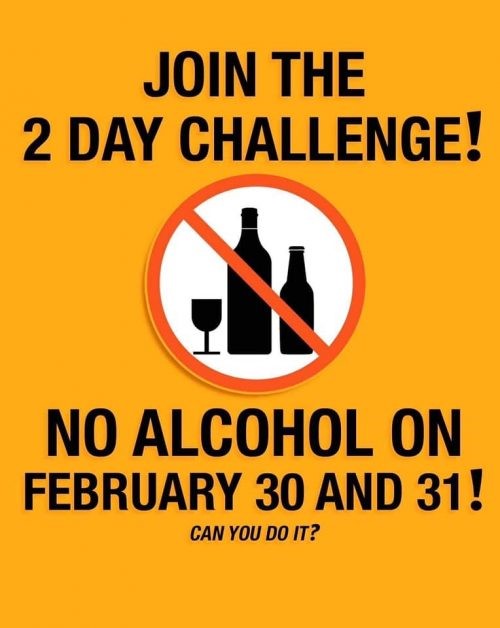
RAAF NEWS - May 1970.
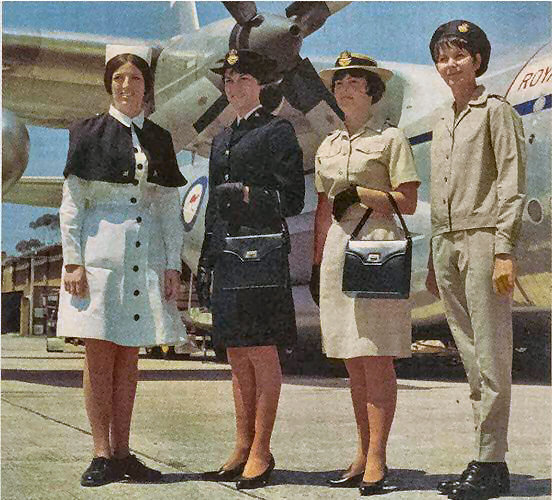
These RAAF nursing sisters, pictured together for the first time wearing their working and walking-out uniforms, make a very attractive foursome! Two of the girls are showing off some recently introduced RAAF nursing attire. They are the new uniform for aero-medical evacuations (right) and the white cap of the "on duty" nursing sister which replaces the traditional white veil of hospital ward sisters (left).
This picture was taken at RAAF Laverton in front of an E model Hercules used in medical evacuation flights from Vietnam.
The nursing sisters are (from left). Sect Off C. J. Alford, Sect Off D. E. Banner, Sect Off H. G. Watson and Sqn Off B. A. F. Carroll.
The new aero-medical evacuation uniform of over-blouse, slacks and beret has replaced the shirt, slacks and forage cap outfit previously worn by the RAAF nurses.
Sqn Off Carroll has taken part in many medical evacuation flights from Vung Tau to Australia, and was the first RAAF nursing sister to be awarded the Vietnam Medal.
Truscott Club.
Gail McDermott sent us this pic, it was taken at the Truscott Club in Darwin in the 90s.
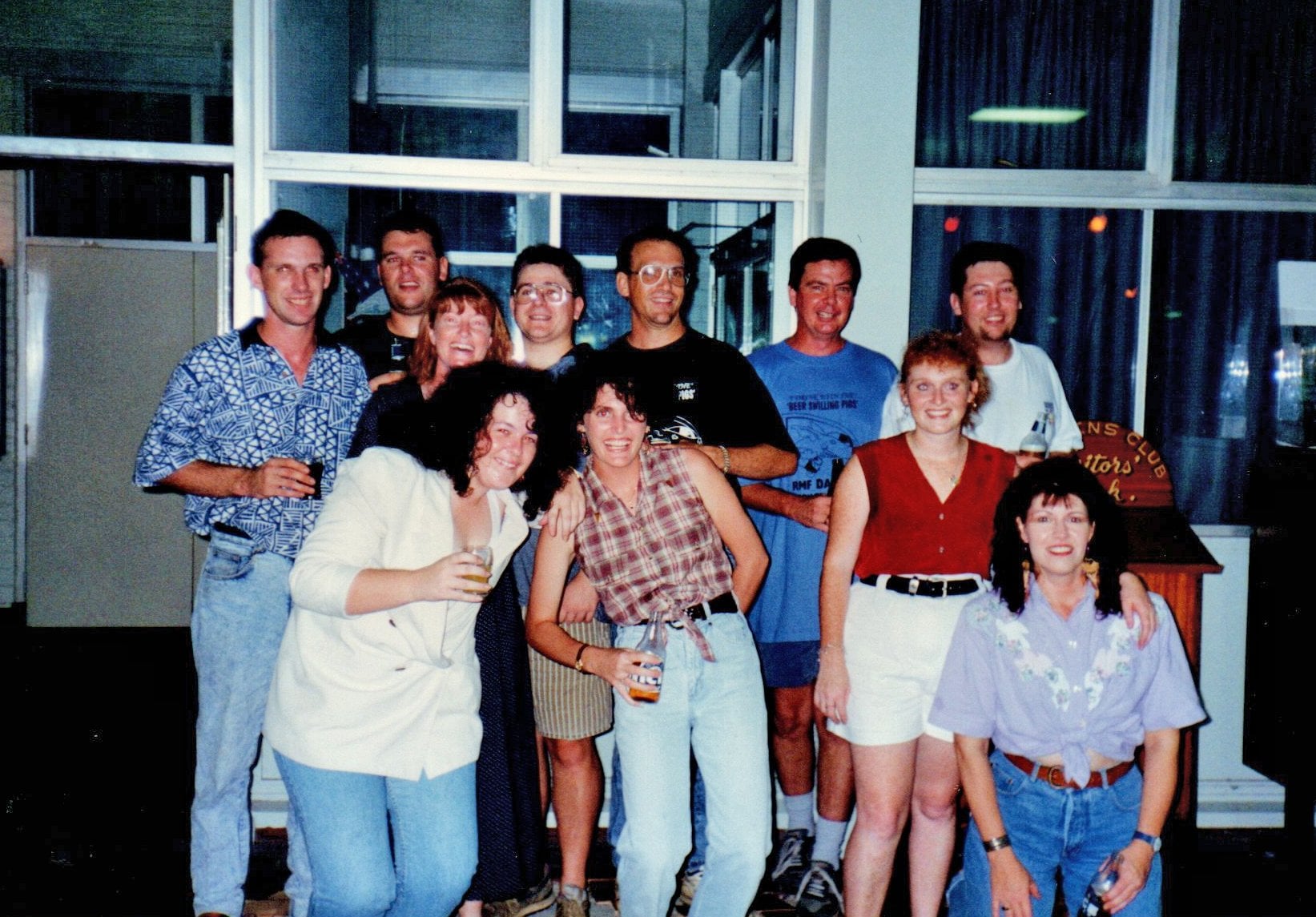
We don’t have any names – can anyone help?
Some people won’t admit their faults. I would if I had any.
2SD Dubbo.
David Brown was in Dubbo a few years back, he took a few pics of where 2SD used to be. He said the igloo hangars were still there at the time, other smaller less significant buildings have/are being demolished. He thought it was being turned into a conservation area. Helen Travers was there recently, she said the site has been redeveloped, but not into a conservation area, all outbuildings have been removed as has one of the igloo hangers. The bell hanger and 3 remaining igloo hangers will remain but the site has all been redeveloped for residential.
Here are some photos.
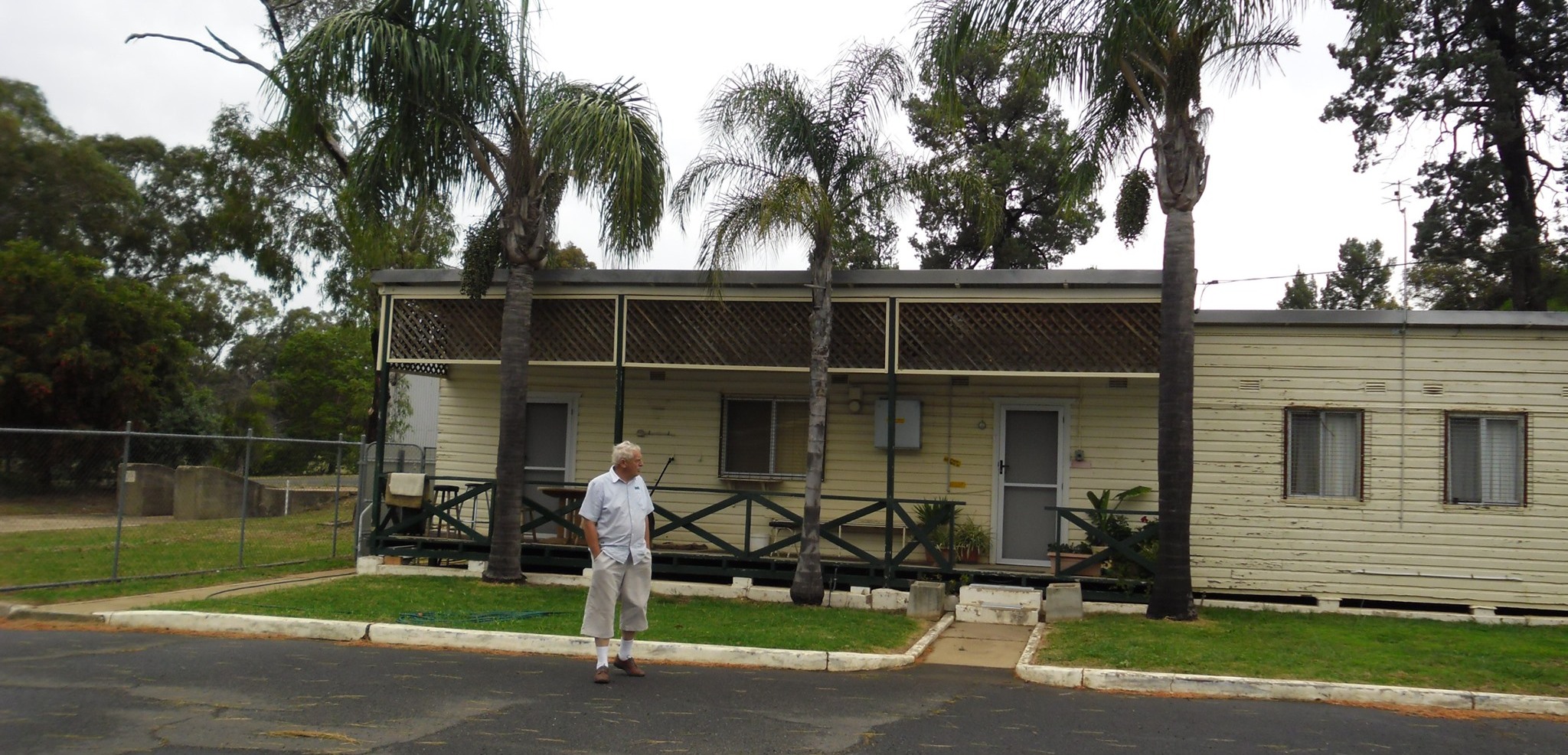
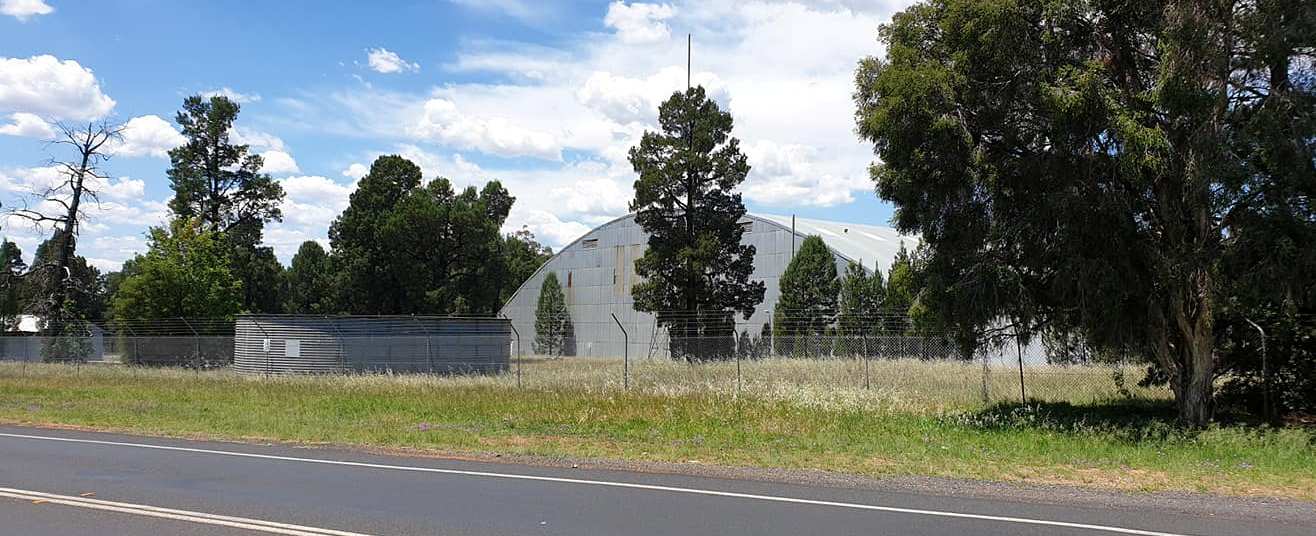
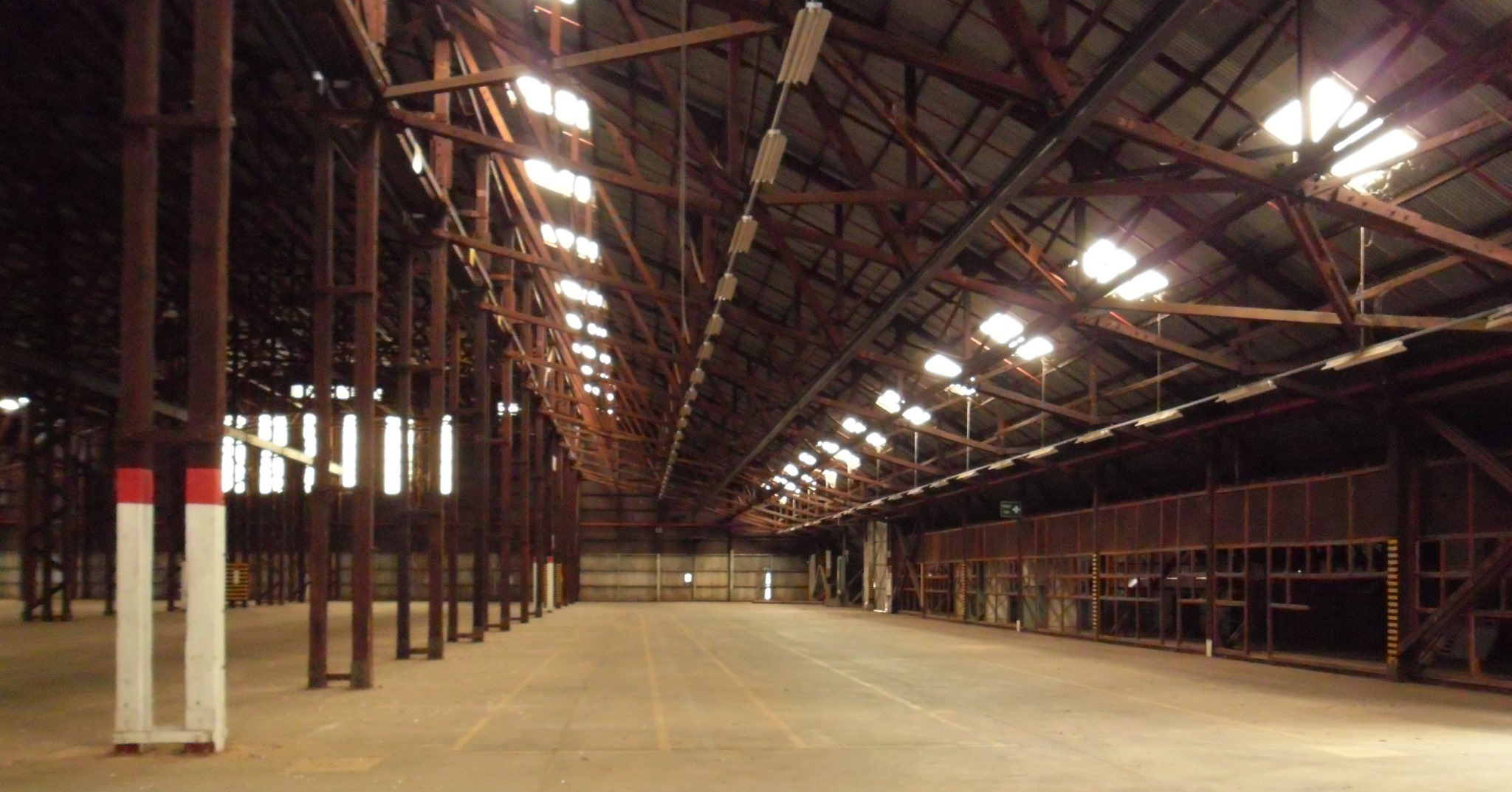
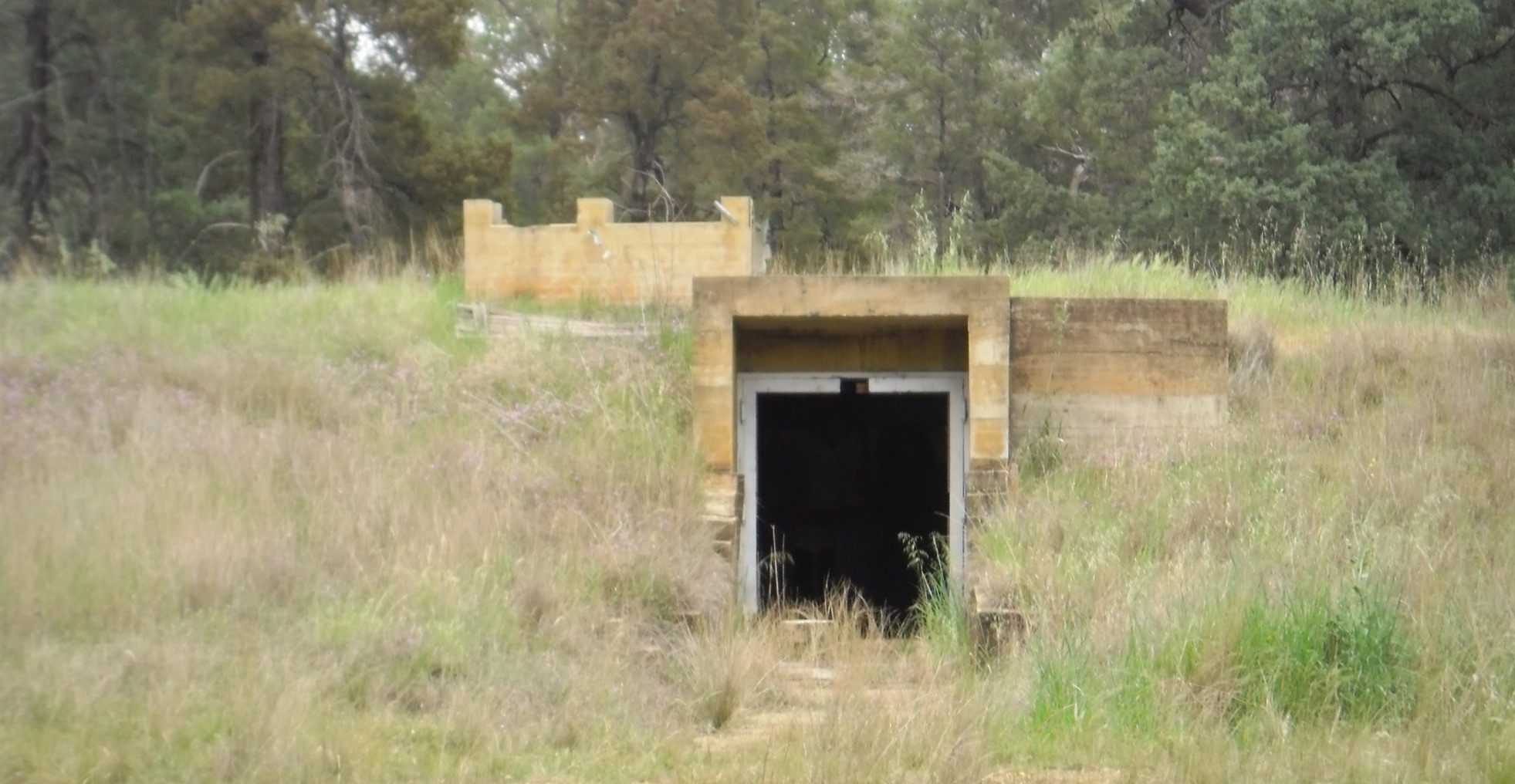
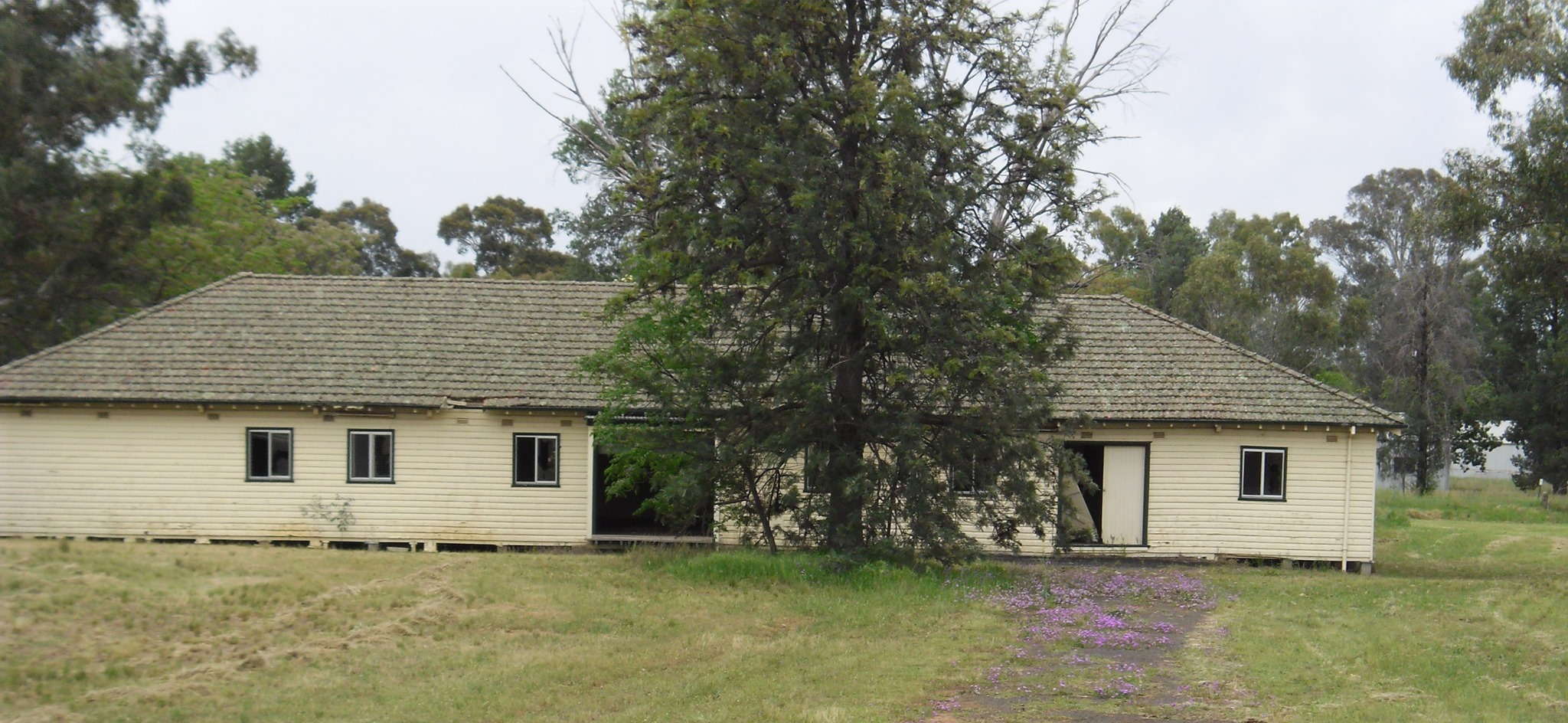
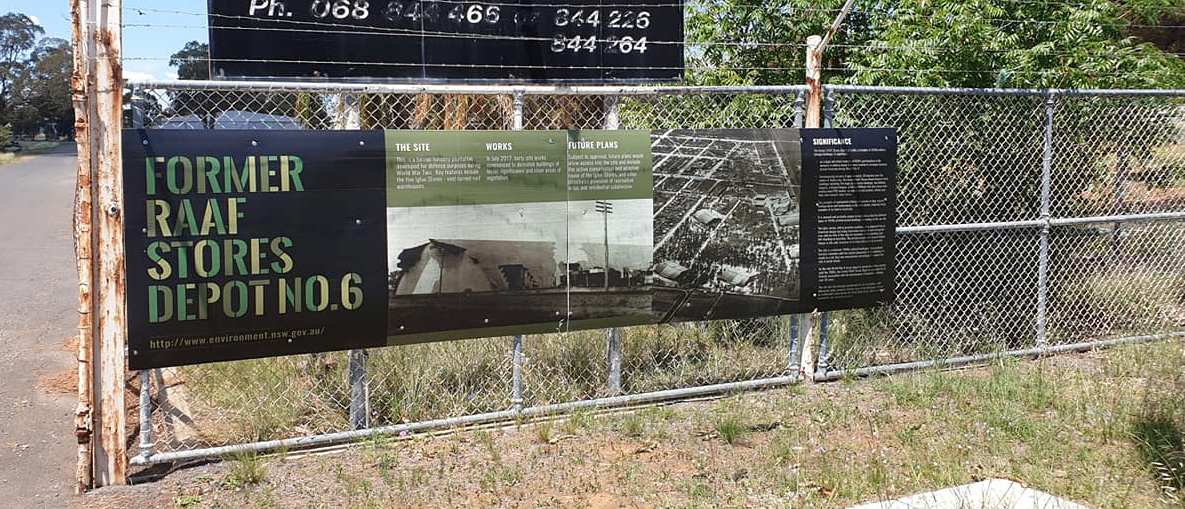
The sign at the right above says:
Significance.
The former RAAF Stores Depot at Dubbo, a complex of 1940s military storage buildings, is significant because:
-
As a large and intact example of NSW’s participation in the network of military bases that were erected in strategic locations around Australia during World War 2.
-
Encompassing an area od approximately 38 hectares near the centre of Dubbo City, the former RAAF Stoores Depot features thirty buildings including five huge Igloo stores buildings, two Belman hangars, a Rabaul Store and former Inflammable Liquids hangar, a Sidney Williams Hut, and a large semi-underground PBX bunker as well as a road system, railway spur lines and a remnant of the State forest.
-
This complex of substantial military structures in their original configuration and landscaping is the only extant, relatively intact example of its kind in Australia.
-
It is unusual and probably unique in Australia to find five different types of 1940s prefabricated buildings remaining on the one site.
-
The Igloo stores, still in pristine condition, were adapted from an American design but using Australian hardwood and corrugated iron and are fice of the only six examples of this building type left standing ion Australia. The prefabricated steel-framed Rabaul hangar is the only structure of its kind still existing in Australia.
-
The site is a coherent 1940s cultural landscape that combines forestry remnants with the careful placement of the buildings to result in a site that was innovatively camouflaged to reduce the risk of aerial attack.
-
As the only World War 2 stores depot to remain in Military service until the 1990s, the former RAAF Stores Depot is important for its historic association with the development of Australia’s defence over 50 years.
-
The site has heritage significance for its association with Aboriginal relics, previous forestry uses of the landscape, its use as a makeshift camp during the great depression and more recent community and recreational uses.
Woomera.
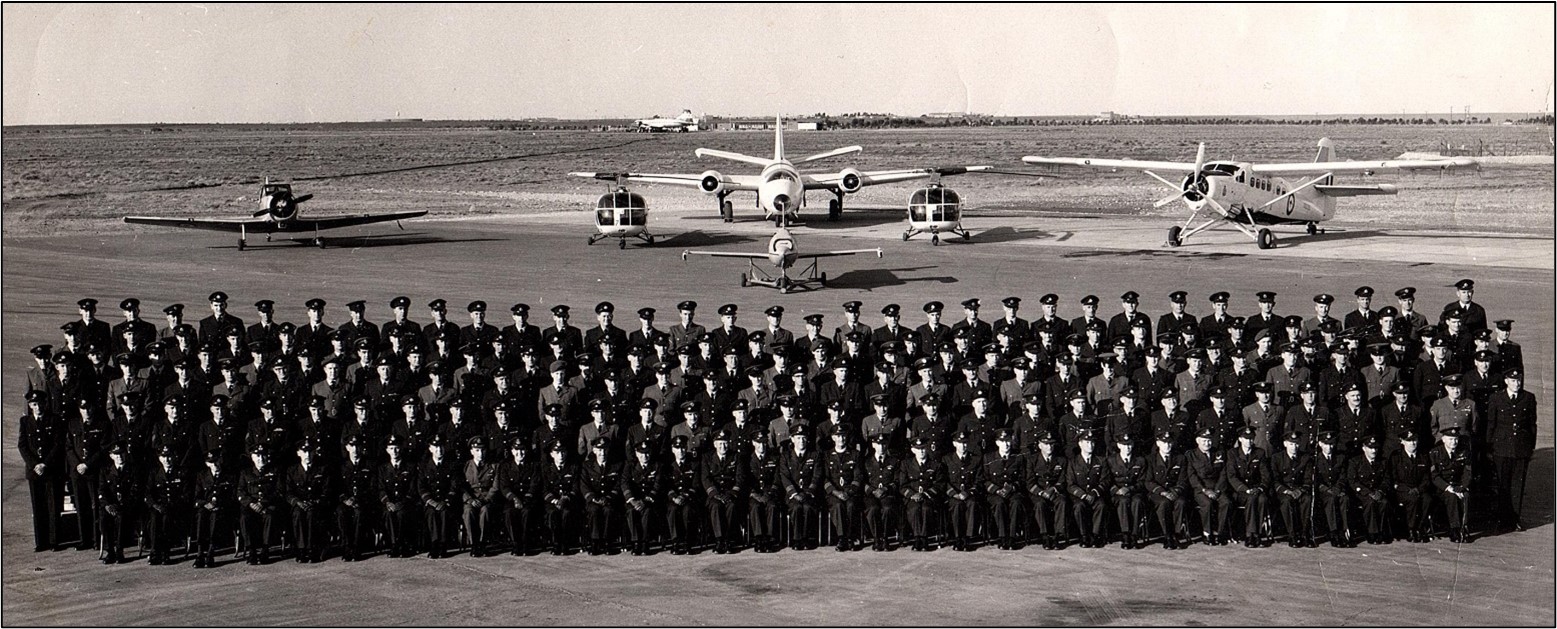
This is a photo of all the troops who were stationed at Woomera in 1965.
Butterworth and Penang, Jan 1970.
| Penang Island. |
|
| 4 RAAF Hospital |
|
| 4 RAAF Hospital. |
|
Some pics from Vung Tau, Dec 1969
|
US Army Sikorsky CH-54 flying crane.
The United States Army purchased 105, designating them CH-54. Used in Vietnam for transport and downed-aircraft retrieval, it was highly successful. As of 2014, it holds the helicopter record for highest altitude in level flight at 36,000 ft, set in 1971 and fastest climb to 10,000ft, 20,000ft and 30,000ft.
The Skycrane can hold its cargo up and tight against its centre spine to lessen drag and eliminate the pendulum effect when flying forward, as well as winch vehicles up and down from a hovering position, so the helicopter can deploy loads while hovering. Due to budget cuts, the Heavy Lift Helicopter (HLH) program was cancelled and the CH-54 was not upgraded with larger engines.
The Boeing CH-47 Chinook gradually supplemented it in combat and eventually replaced it in Regular Army aviation units, although CH-54 Skycranes remained in Army National Guard service until 1991.
Today, Erickson Air-Crane of Central Point, Oregon, operates the largest fleet of S-64 helicopters in the world under the name Erickson S-64 Aircrane. These can and are equipped with water-dropping equipment (some also have foam/gel capability) for firefighting duties worldwide. After obtaining the type certificate and manufacturing rights in 1992, Erickson remains the manufacturer.
|
|
| US Army Flying crane |
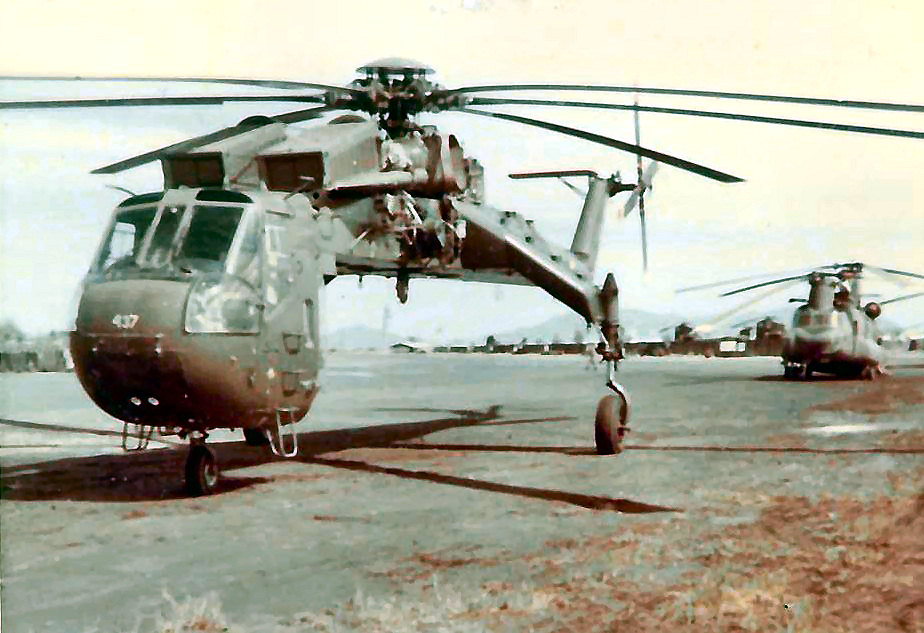 |
| US Army Chinooks. |
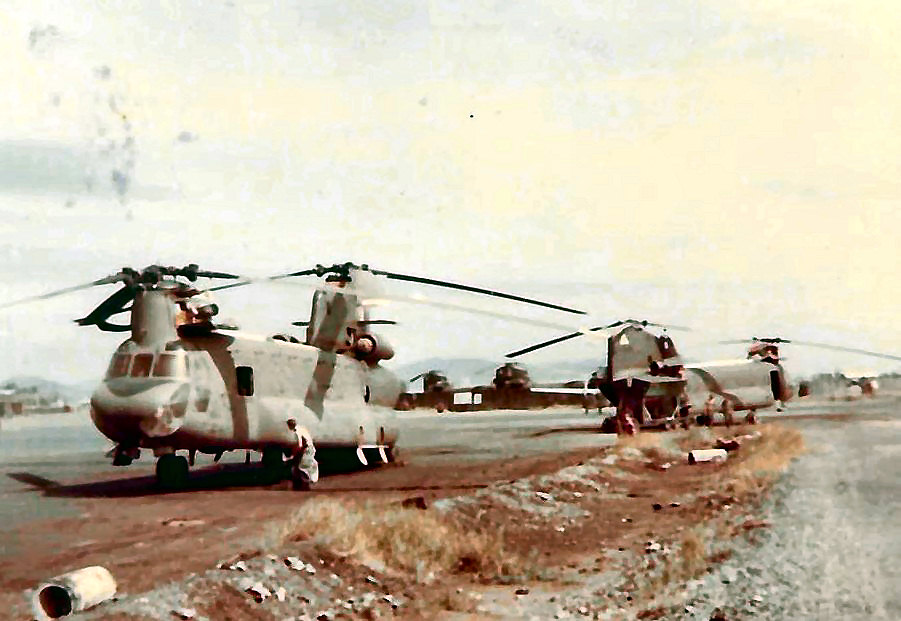 |
| 9 Sqn Bushranger. |
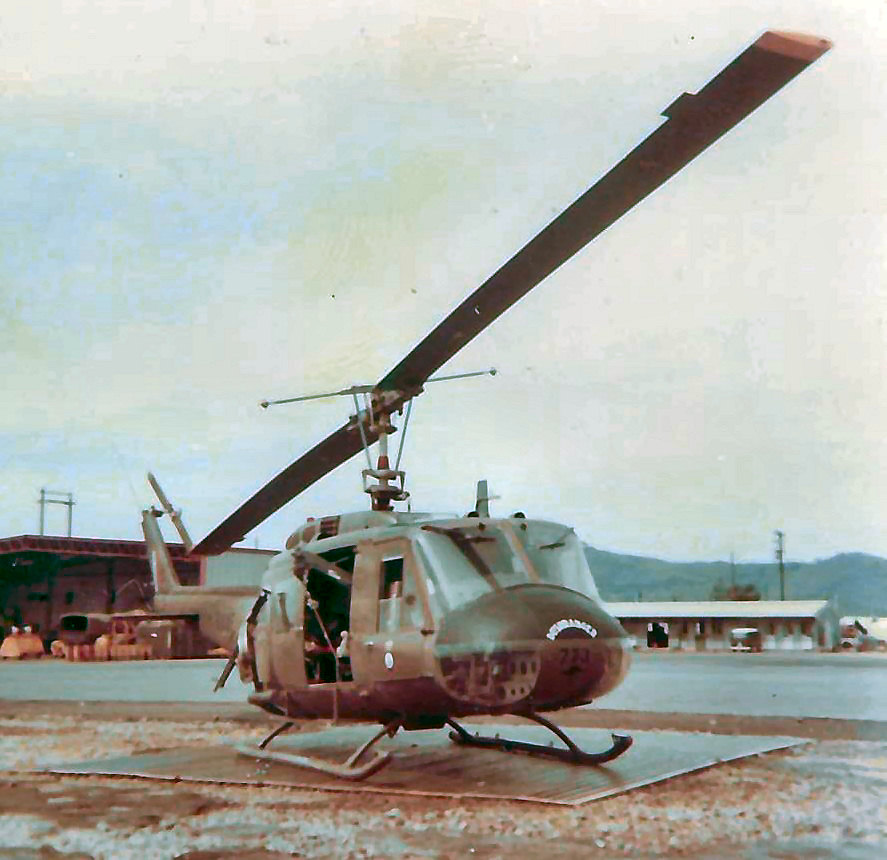 |
1 TMT.
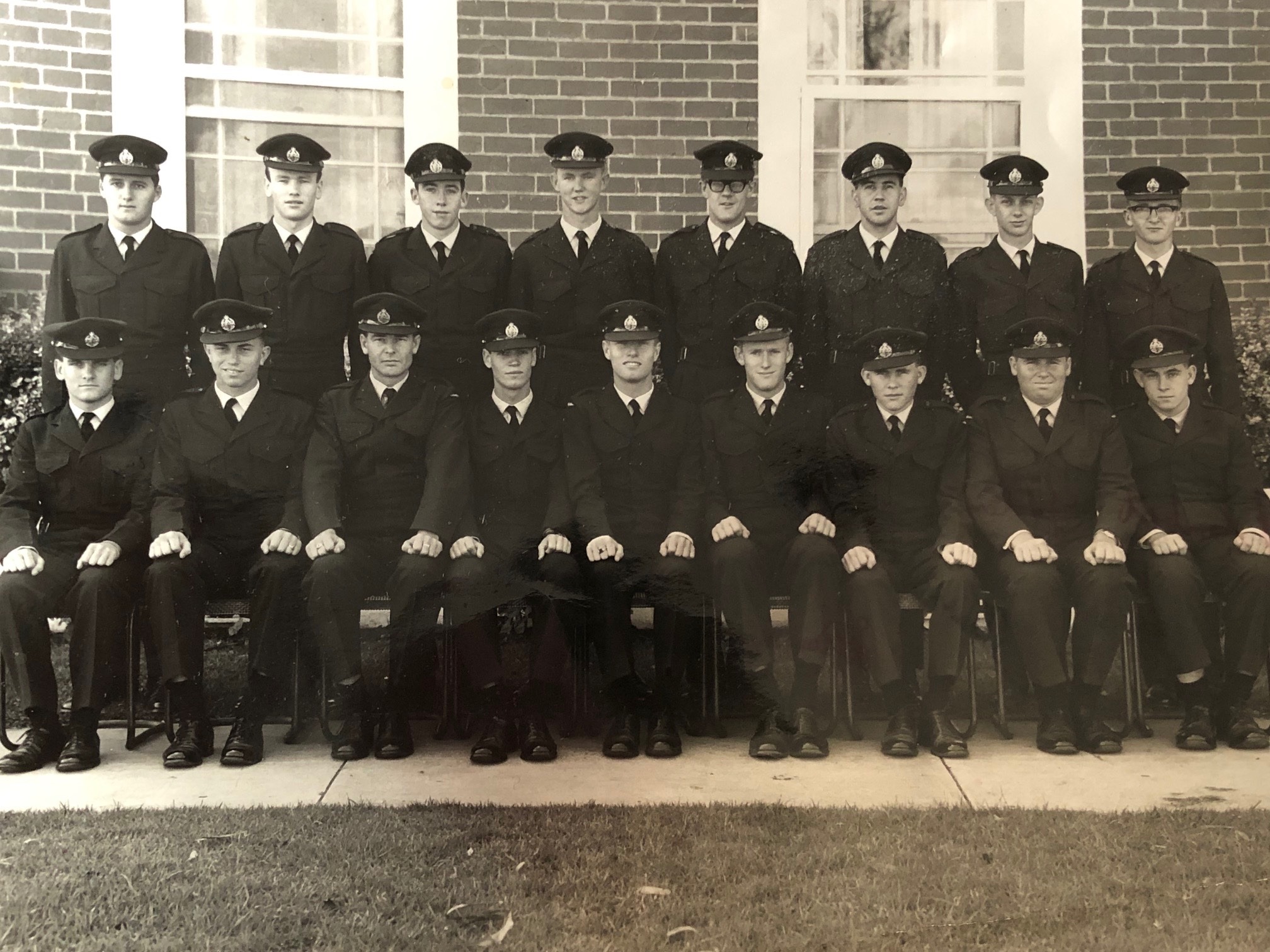
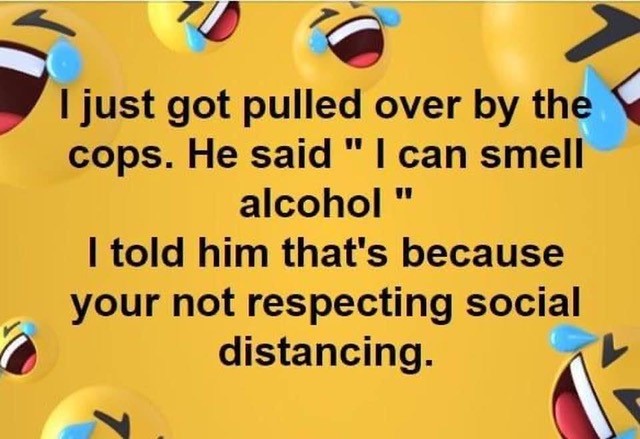
Back Go to page: 1 2 3 4 5 6 7 8 9 10 11 12 13 14 15 16 17 18 19 20 Forward
